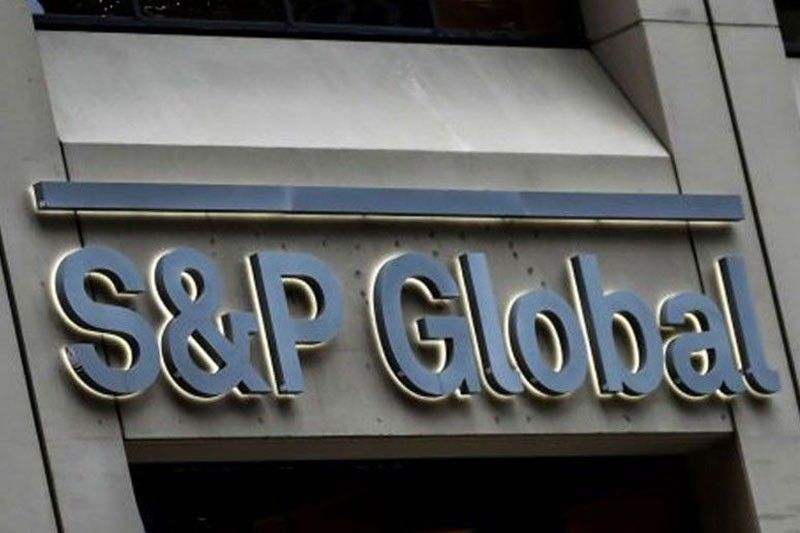S&P revises rating outlook of BPI

MANILA, Philippines — S&P Global Ratings has upgraded the credit rating outlook of Ayala-led Bank of the Philippine Islands (BPI) to stable from negative, as the Philippine economy continues to bounce back from the pandemic-induced recession.
The debt watcher also affirmed the bank’s BBB+ rating – two notches above minimum investment grade.
“The outlook revision reflects our view that BPI will benefit from improving economic conditions in the Philippines. The stable outlook on BPI reflects our view that the bank will maintain its dominant market position and strong capital buffers over the next two years,” S&P said.
The debt watcher said the bank has a solid franchise and leading market position in the Philippines.
“It has a track record of consistent profitability across economic cycles, and is on a path to recovery from the pandemic. BPI could face headwinds from more infectious variants of the virus, which could strain asset quality. In our opinion, the bank is well placed to weather residual stress from a position of strength, with good capital and liquidity buffers,” S&P said.
The credit rating agency sees BPI’s credit costs declining on reduced asset quality concerns.
The non-performing loan (NPL) ratio of BPI improved to 2.49 percent in end-December from a peak of 2.94 percent in end- June last year, still higher than the 1.66 percent before the start of the COVID-19 pandemic in end 2019.
“The bank’s NPL ratio remains better than the industry average, reflecting prudent underwriting and selective lending practices. BPI’s credit costs fell significantly to 0.93 percent in 2021 from 1.96 percent in 2020, in tandem with the industry’s, reflecting improved macroeconomic conditions,” it said.
According to S&P, BPI has already covered substantial ground in building up loan loss reserves against a deterioration in asset quality related to the pandemic.
The rating agency expects the bank’s risk-adjusted capital (RAC) ratio to remain strong at 10.5 percent to 11.5 percent over the next two years as its capital buffer is also anchored by its regulatory Tier-1 and total capital ratios of 16.8 percent and 17.6 percent as of end-September, well above the regulatory minimum and one of the highest among peers.
“Healthy capitalization and a robust funding profile should continue to support BPI,” it said.
S&P expects a gross domestic product (GDP) growth of 7.4 percent for the Philippines this year.
As such, the credit costs of Philippine banks would likely continue to decline as most stressed loans have either been recognized or restructured,it said.
“We forecast credit costs will drop further to 0.6 percent to 0.8 percent of loans as credit conditions become more stable in 2022, following a steep decline to about one percent over 2021,” S&P said.
Likewise, it said the industry’s NPL of four percent and restructured loans of 2.2 percent of total loans are still at manageable levels.
“We believe Philippine banks are well placed to absorb this residual stress given their improved capitalization and adequate provisioning coverage. Overall, we believe the banking sector’s NPL ratio has peaked and is likely to gradually decline supported by recoveries and write-offs,” S&P said.
The debt watcher said banks’ profits are likely to strengthen in 2022, with the sector’s return on average assets returning to the pre-pandemic level of 1.2 percent, compared to 1.1 percent in 2021.
It sees credit growth accelerating to a range of five to seven percent this year following better economic growth.
“This is on the back of higher credit growth, increase in fee income as business activity picks up, and lower credit costs. We forecast credit growth of five percent to seven percent in 2022 following better economic growth. Any reduction in banks’ regulatory reserve requirement can push credit growth toward the higher end of our forecast,” S&P said.
- Latest
- Trending





























